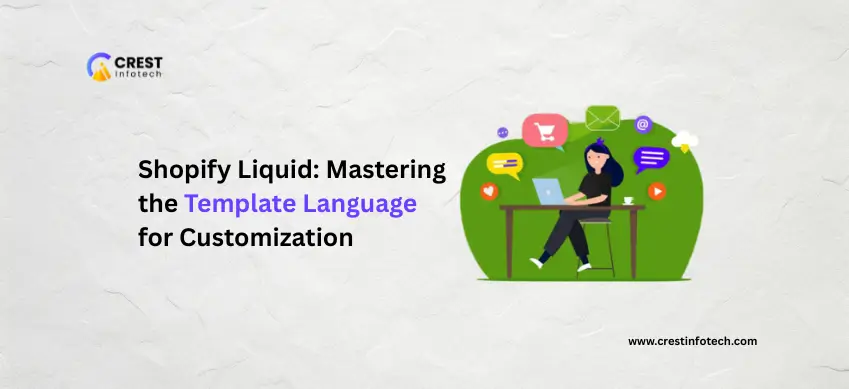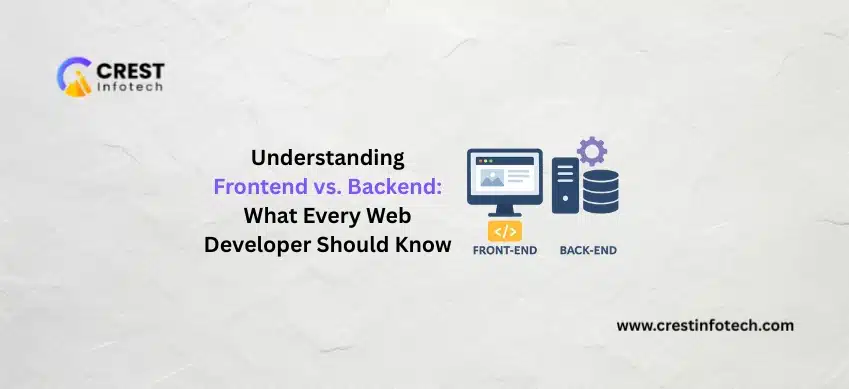Shopify’s flexibility and scalability are largely powered by Liquid, its open-source templating language. Whether you’re building a theme from scratch or customizing an existing one, mastering Liquid gives you the power to create highly dynamic, customized storefronts.
What is Liquid?
Liquid is a Ruby-based template language created by Shopify. It acts as the bridge between your store’s data and the HTML seen by customers. With Liquid, you can render dynamic content, control layouts, and personalize user experiences — all without complex backend logic.
Understanding Liquid Syntax
Liquid uses a mix of tags, objects, and filters:
Tags ({% ... %})
Control logic and flow — think if, for, and case.
Objects ({{ ... }})
Output dynamic content like product titles or cart totals.
Filters ({{ ... | filter }})
Modify the output of objects — for example, {{ product.title | upcase }}.
Common Use Cases for Liquid
Liquid is used in various parts of a Shopify theme, including:
Product Pages
Customize how product images, prices, and variants appear.
Cart Templates
Display dynamic pricing, discounts, or personalized messages.
Collections and Loops
Render lists of products or blog posts with for loops.
Control Structures in Liquid
Liquid offers familiar programming logic to control output:
Conditional Statements
{% if product.available %}
<p>This product is in stock!</p>
{% else %}
<p>Sorry, sold out.</p>
{% endif %}
Loops
{% for product in collection.products %}
<h2>{{ product.title }}</h2>
{% endfor %}You can also limit, offset, and reverse loops for fine-tuned output.
Using Filters to Transform Output
Filters let you format and clean your data:
-
upcase/downcase -
replace -
date: "%B %d, %Y" -
moneyfor currency formatting
Example:
{{ article.published_at | date: "%b %d, %Y" }}
Nesting and Scoping
Liquid respects the scope of each object. Nested loops or conditionals are common when dealing with product variants, metafields, or line items.
Debugging Tips
-
Use
{{ 'debug' | debug }}or{% comment %}blocks to isolate issues. -
Check for trailing commas or invalid filter names.
-
Use
inspectto print object structures.
Best Practices for Writing Clean Liquid Code
-
Keep logic minimal in templates—push heavy logic to sections or snippets.
-
Reuse code with
includeorrendertags. -
Organize code in modular snippets for maintainability.
Conclusion
Mastering Shopify’s Liquid language empowers you to go beyond default theme settings and create tailored, high-performance storefronts. With its simple syntax and powerful capabilities, Liquid is essential for any developer working within the Shopify ecosystem.



